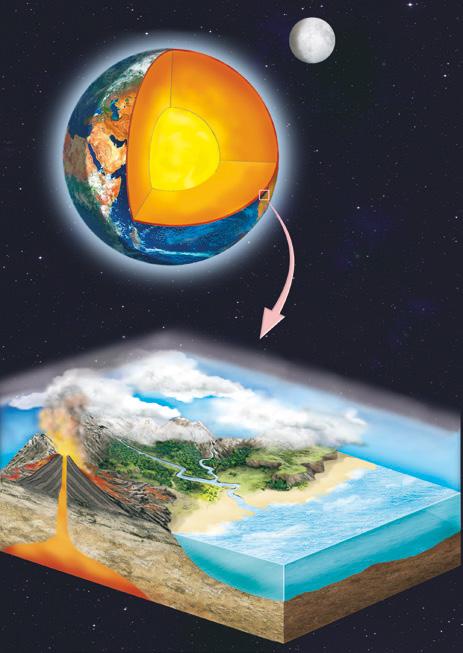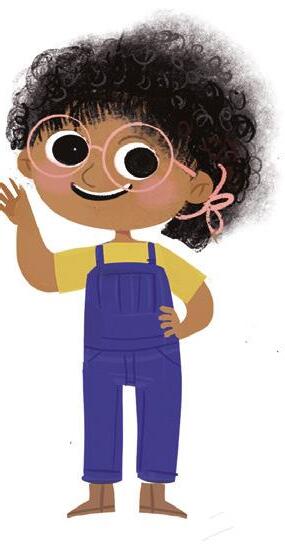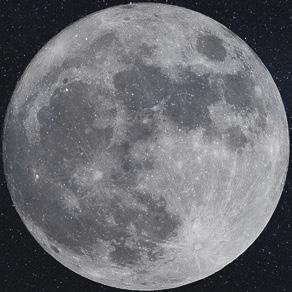
2 minute read
ThE pLaNeTs
Refresh What celestial bodies revolve around the Sun?
What
are the planets in our Solar System?
There are eight planets in our Solar System. The order of the planets, starting with the one closest to the Sun, is:
Some planets have satellites.
• Jupiter and Saturn have more than sixty satellites each! The satellites are different sizes and have different orbits, the paths they take around the planets.
• The Earth has one satellite - the Moon.
Dwarf planets
Dwarf planets revolve around the Sun, past Neptune’s orbit. The most well-known dwarf planet is Pluto. It was originally considered to be a planet. Other dwarf planets are Ceres and Eris.
1 Complete the sentences with the words below. the smallest closer the biggest smaller a) Mercury is … than the Earth. b) Jupiter is … planet in the Milky Way. c) Mercury is … planet in the Milky Way. d) Venus is ... to the Earth than Uranus.

2 Choose a planet and look for information about it. What makes it different to the other planets?
Think 3 How can we remember the order of the planets? Create a strategy and share it with the class.
Refresh Why is the Earth called the Blue Planet?
7 What is the Earth like?
The Earth is a rocky, spherical body. It is slightly at at the poles. It has three different parts.
• The atmosphere is the layer of air that surrounds the Earth. It is approximately 1 000 km thick.
• The hydrosphere is all the water on the Earth. It covers about 70 % of the surface. That’s why the Earth looks blue from space!
• The geosphere is the solid, rocky, part of the Earth. It has three layers: a) The continents are formed in the … . b) The water on the Earth is found in the … . c) We nd air in the … . d) The centre of the Earth is called the … . e) The … is made up of very hot rocks. f) The crust, the mantle and the core are in the … .
– The crust forms the continents and the seabed. The hydrosphere and the atmosphere rest on it.
The mantle is between the crust and the core. It is made up of very hot rocks.
– The core is in the centre of the Earth. It is made up of metals.
1 What are the three layers of the Earth?
2 8 Listen and complete the sentences with the words in bold in the text.
Think 3 The diameter of the Earth is 12 700 km. Calculate the radius.
Language Bank in the
Prepositions of place
The core is centre of the Earth.
The mantle is between the crust and the core.
Refresh What type of celestial body is the Moon?

9 What is the Moon like?
The Moon is the Earth’s only satellite. It rotates on its axis as it revolves around the Earth. This takes twenty-nine and a half days.
Light
The Moon doesn’t produce light. It re ects light from the Sun. But the Sun only illuminates a certain part of the Moon at a certain time.
So, from the Earth, we see a bigger or smaller part of the Moon each day. These are called the phases of the moon.
Tides
The Moon pulls on Earth's water with a natural force called gravity. This pull creates the tides, the rise and fall of sea level.
Solar eclipses
When the Moon moves between the Sun and the Earth, part of the Sun’s light is blocked, and the sky slowly gets dark. This is called a solar eclipse.

1 10 Listen and write True or False in your notebook. Correct the false sentences.
Create
2 Create a simple diagram showing what causes a solar eclipse.
3 Look at the diagram. Where does the Moon's light come from?
4 What are the phases of the Moon? Draw a simple picture to show them.





